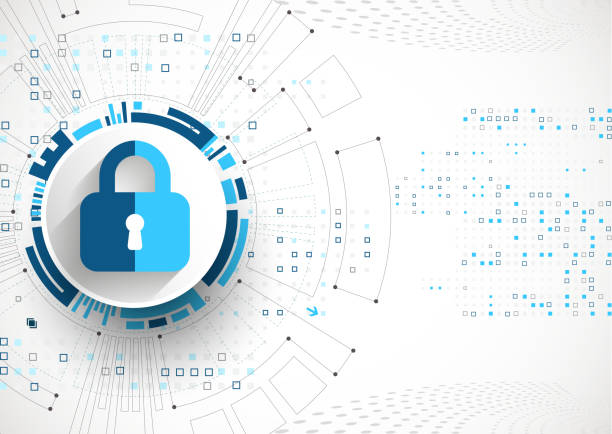WordPress is one of the most popular Content Management Systems (CMS) in the world, powering over 40% of all websites on the internet. Its widespread use makes it a prime target for hackers. Securing a WordPress site can seem daunting, but by following a few simple tricks, you can significantly reduce your risk and protect your site from common threats.
1. Keep WordPress, Themes, and Plugins Updated
🔥Why it Matters:
WordPress core, themes, and plugins are regularly updated to patch vulnerabilities and improve functionality. Failing to update them can leave your site open to attacks.
📌How to Do It:
- Set automatic updates for minor WordPress core updates.
- Regularly check and update themes and plugins.
- If a plugin or theme is no longer supported or maintained by its developers, consider switching to alternatives.
Tip: Always back up your site before running updates to avoid potential issues.
2. Use Strong Passwords and Two-Factor Authentication
🔥Why it Matters:
Weak passwords are one of the easiest ways for hackers to gain access to your site. Combining strong passwords with two-factor authentication (2FA) adds an extra layer of security.
📌How to Do It:
- Use a password manager to generate and store complex passwords.
- Enable two-factor authentication through plugins like Wordfence or Google Authenticator.
Tip: Avoid using the username “admin” for the main account since it’s the first target for brute force attacks.
3. Limit Login Attempts
🔥Why it Matters:
Hackers often use brute-force attacks, attempting to guess passwords through repeated login attempts. Limiting the number of login attempts makes this tactic less effective.
📌How to Do It:
- Install plugins like Login Lockdown or Limit Login Attempts Reloaded to restrict login attempts from a single IP address.
- Consider locking out users who fail to log in after a set number of attempts.
Tip: Use a plugin to enforce lockouts, and combine this with IP whitelisting for trusted users.
4. Install a Security Plugin
🔥Why it Matters:
Security plugins offer a range of features, from malware scanning to firewall protection, designed to protect your site from various types of attacks.
📌How to Do It:
- Install a popular and reliable security plugin such as Wordfence, Sucuri Security, or iThemes Security.
- Configure firewall settings to block malicious traffic.
- Set up regular malware scans and monitor suspicious activity.
Tip: Most security plugins offer both free and premium options. Start with the free version and upgrade if necessary.
5. Disable File Editing
🔥Why it Matters:
By default, WordPress allows administrators to edit theme and plugin files directly from the dashboard. This can be dangerous if a hacker gains access to your admin area.
📌How to Do It:
- To disable this feature, add the following line of code to your
wp-config.phpfile:

Tip: Disabling file editing ensures that no one can modify theme or plugin files directly from the dashboard, making it harder for malicious users to insert code.
6. Change the Default WordPress Login URL
🔥Why it Matters:
The default WordPress login page (wp-login.php) is a known target for hackers. Changing the login URL can reduce the chances of brute force attacks.
📌How to Do It:
- Use plugins like WPS Hide Login to easily change the default login URL to something unique.
Tip: Don’t make your login URL too obvious (e.g., “myloginpage” or “adminlogin”). Use a unique string to make it harder for attackers to find.
7. Secure Your Database
🔥Why it Matters:
The WordPress database is the backbone of your site. A compromised database can result in the loss of critical information and total site control.
📌How to Do It:
- Change the default database table prefix from
wp_to something unique during installation. - Regularly back up your database using plugins like UpdraftPlus or BackWPup.
- Use phpMyAdmin or your hosting provider’s control panel to assign a strong password to your database user.
Tip: Consider setting up regular automated backups for your database to quickly recover in case of a security breach.
8. Install an SSL Certificate
🔥Why it Matters:
SSL (Secure Sockets Layer) encrypts the data transmitted between your users and your website, providing a secure browsing experience. It also helps your SEO ranking.
📌How to Do It:
- Many hosting providers offer free SSL certificates through services like Let’s Encrypt.
- Once installed, make sure to force HTTPS across your entire site using plugins like Really Simple SSL.
Tip: Check your SSL configuration with tools like SSL Labs to ensure it is properly set up.
9. Restrict Admin Access by IP Address
🔥Why it Matters:
If you have a static IP address or use a VPN, restricting access to the admin area can limit the points of attack.
📌How to Do It:
- Add the following code to your
.htaccessfile to restrict access to specific IP addresses:

Tip: If you’re working with a team, ensure their IP addresses are also whitelisted, and update this list as needed.
10. Monitor and Regularly Audit Site Activity
🔥Why it Matters:
Keeping an eye on site activity can alert you to suspicious behavior before it escalates. Regular audits help you catch issues like unauthorized login attempts, changes to files, or malware infections.
📌How to Do It:
- Use plugins like WP Activity Log to track user actions, failed login attempts, and file modifications.
- Set up email alerts to be notified of unusual activities in real-time.
Tip: Regularly review your site’s logs to spot any signs of malicious activity early.
By following these simple tricks, you can significantly improve the security of your WordPress site without needing to be a security expert. While no system is 100% secure, taking these precautions will make your site a harder target for hackers.
If you have any questions about your project, please write to us 🚀🚀🚀
We are happy to help🤝




